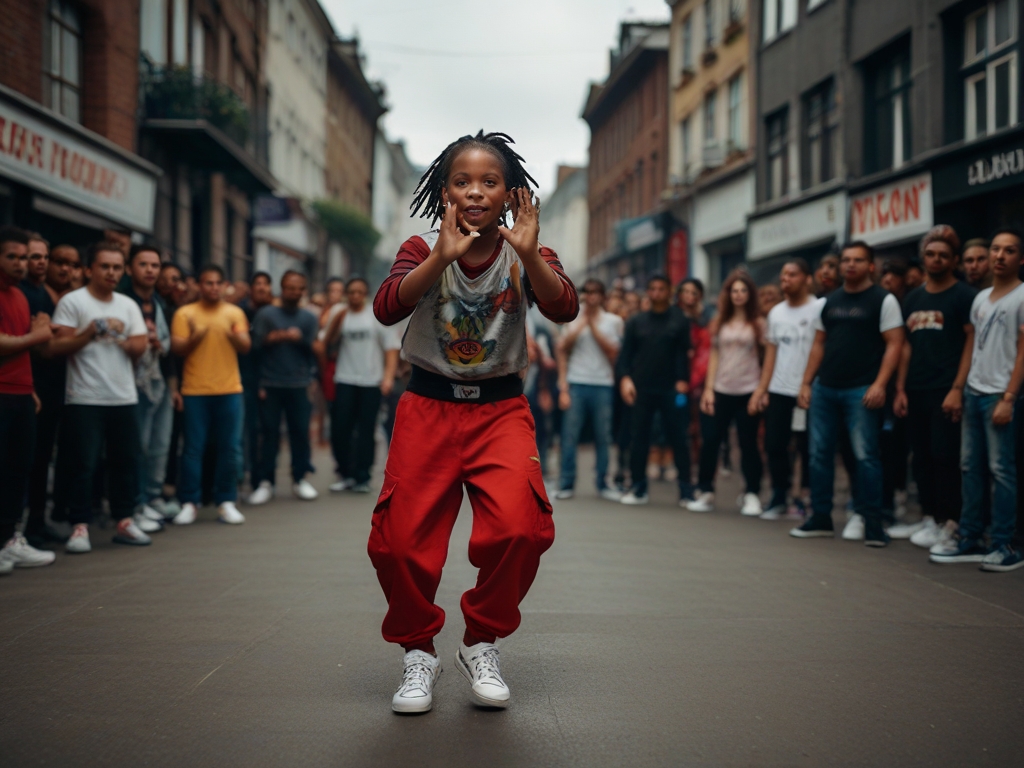Street dance, an energetic and expressive form of dance that originated in the streets of urban communities, has evolved over the decades into a global phenomenon, captivating audiences worldwide with its creativity, athleticism, and cultural significance. This article embarks on a journey through the rich history of street dance, tracing its transformation from its humble beginnings to its current status as a celebrated art form.
The Early Years: Foundations of Street Dance
The roots of street dance can be traced back to the African diaspora, where rhythmic movements and dance traditions were integral to cultural expression and social gatherings. In the 1970s, these traditions merged with the vibrant music and energy of hip-hop culture in the streets of New York City, giving birth to the distinct styles and techniques that would define street dance.
Pioneering Styles: Breaking, Locking, and Popping
Among the early pioneers of street dance were dancers who developed and popularized iconic styles like breaking, locking, and popping. Breaking, also known as b-boying or b-girling, is characterized by its acrobatic moves, power dynamics, and intricate footwork. Locking, inspired by the sharp movements of robots, features angular poses and synchronized arm movements. Popping, on the other hand, showcases isolations and contractions of the muscles, creating a popping effect.
The Rise of Battles and Competitions
Street dance competitions, or battles, emerged as a platform for dancers to showcase their skills, creativity, and competitive spirit. These battles, often held in public spaces or community centers, fostered a sense of camaraderie and rivalry, driving innovation and pushing the boundaries of the art form.
Global Expansion: Street Dance Takes the World
The popularity of street dance transcended its urban origins, spreading throughout the world in the 1980s and 1990s. Dance crews and individuals from various countries began incorporating street dance elements into their performances, adding new cultural influences and perspectives to the evolving art form.
Hollywood and Pop Culture: Street Dance in the Spotlight
Street dance gained mainstream recognition through its incorporation into Hollywood films and music videos. Movies like “Breakin'” and “Beat Street” introduced street dance to a wider audience, while music videos by artists like Michael Jackson and Madonna showcased the art form’s versatility and appeal.
Contemporary Street Dance: A Fusion of Styles
Today, street dance encompasses a diverse range of styles, each with its unique characteristics and cultural influences. From the dynamic energy of hip-hop dance to the fluid movements of house dance, from the intricate footwork of footwork to the expressive storytelling of contemporary dance, street dance continues to evolve, incorporating elements from various genres and cultures.
Conclusion
The evolution of street dance is a testament to its resilience, creativity, and cultural significance. From its humble beginnings in the streets to its global recognition, street dance has transformed into a dynamic and expressive art form that continues to inspire and captivate audiences worldwide. As street dance embraces new influences and innovations, its future remains bright, promising even more exciting developments and contributions to the world of dance.
Call to Action
Dive deeper into the world of street dance by exploring the rich history of each style, watching performances by renowned dancers, and attending local street dance events or workshops. Whether you’re an aspiring dancer or simply an admirer of the art form, street dance offers endless opportunities to engage, learn, and appreciate the power of movement and expression.tunesharemore_vert




